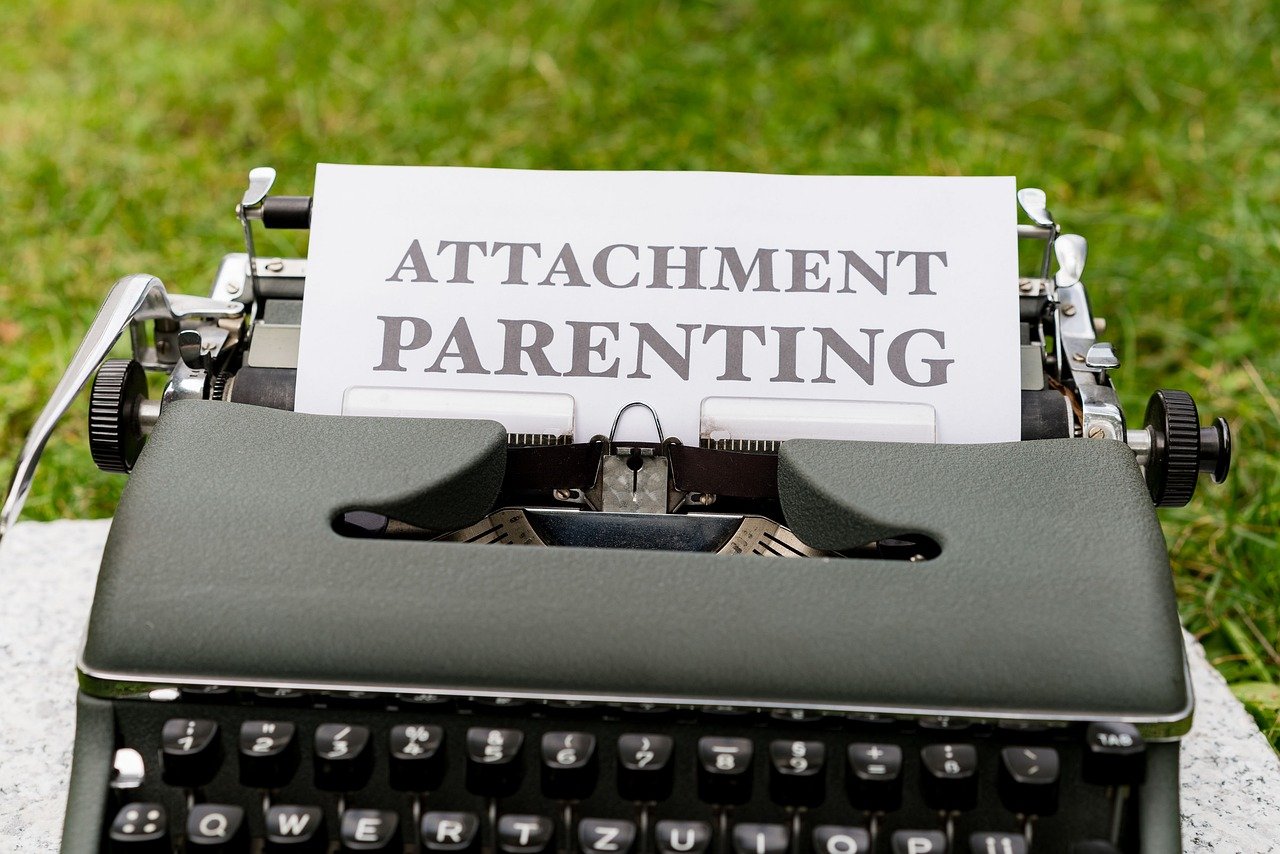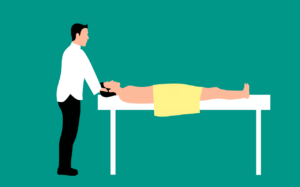
If you’ve ever woken up with irritated, bloodshot eyes, you understand the importance of finding the best sleeping position to reduce eye pressure. We spend about a third of our lives sleeping, so it’s crucial to ensure that our sleeping positions promote healthy eye health. In this ultimate guide, we will explore different sleeping positions and their impact on eye pressure, helping you find the perfect position to wake up with refreshed and clear eyes.

What is eye pressure?
Eye pressure refers to the fluid pressure inside the eye, also known as intraocular pressure (IOP). It is a crucial aspect of eye health that needs to be properly managed. Understanding the concept of eye pressure is essential to maintaining optimal eye health and preventing potential complications.
The importance of managing eye pressure
Managing eye pressure is vital as high eye pressure can lead to various complications, particularly damage to the optic nerve. Prolonged high eye pressure can result in serious vision problems and conditions like glaucoma. By effectively managing eye pressure, you can reduce the risk of potential damage and maintain good eye health.

Effects of high eye pressure
Potential damage to the optic nerve
High eye pressure can cause damage to the optic nerve, which is responsible for carrying visual information to the brain. The increased pressure can disrupt the normal functioning of the optic nerve, leading to vision loss or even blindness if left untreated.
Risk factors for high eye pressure
Certain individuals are more at risk for experiencing high eye pressure. Factors such as age, family history of glaucoma, certain medical conditions like diabetes and hypertension, and the use of corticosteroid medications can increase the likelihood of developing high eye pressure.
Conditions associated with increased eye pressure
High eye pressure is commonly associated with conditions such as glaucoma, ocular hypertension, and uveitis. It is crucial to monitor and manage eye pressure to prevent these conditions from progressing and causing further complications.
Sleeping positions and eye pressure
How sleeping positions can affect eye pressure
Believe it or not, your sleeping position can influence the pressure inside your eyes. Certain sleeping positions can contribute to increased eye pressure, potentially putting strain on the optic nerve and worsening existing eye conditions.
Importance of finding the right sleeping position
Finding the best sleeping position for reducing eye pressure is crucial for maintaining optimal eye health. By adopting the correct sleeping position, you can minimize the pressure on your eyes and potentially reduce the risk of further complications.

Recommended sleeping positions
Sleeping on your back
One of the best sleeping positions for reducing eye pressure is sleeping on your back. This position allows for even distribution of body weight and alleviates any direct pressure on the eyes. Additionally, it helps maintain proper alignment of the spine, neck, and head, promoting overall spinal health.
Sleeping on your side
Another favorable sleeping position is sleeping on your side. This position can help promote drainage of fluids from the eyes, reducing the potential for fluid buildup and increased eye pressure. It is important to alternate sides regularly to avoid putting excess pressure on one side of the face.
Sleeping on your stomach
Sleeping on your stomach is generally not recommended if you are trying to reduce eye pressure. This position can potentially increase eye pressure by putting strain on the neck and compressing the face against the pillow. However, if this is your preferred sleeping position, using a softer pillow or a special wedge-shaped pillow can help minimize the pressure on your eyes.
Sleeping position considerations
Pillows and mattress firmness
Choosing the right pillows and mattress firmness is essential when it comes to maintaining proper sleeping positions and reducing eye pressure. Opt for pillows that provide adequate support to your neck and head, ensuring proper alignment. A mattress with medium firmness can help maintain overall spinal alignment while providing comfort.
Proper head and neck alignment
Maintaining proper head and neck alignment is crucial for reducing eye pressure during sleep. Make sure your head is aligned with your spine, avoiding any tilting or bending. This alignment helps prevent any unnecessary pressure on the eyes and supports overall eye health.
Avoiding excessive pressure on the face
To prevent excessive pressure on your face and eyes, it is important to avoid burying your face deep into the pillow. Instead, rest your forehead or cheek on the pillow, allowing space for your eyes to remain free from any direct pressure.
Factors to consider for individual preferences
While there are recommended sleeping positions for reducing eye pressure, individual preferences and comfort levels also play a significant role. Consider factors such as personal comfort, any existing medical conditions, and the advice of healthcare professionals when deciding on the best sleeping position for yourself.
Tips for maintaining proper sleep posture
Using supportive pillows
Using pillows specifically designed to provide support for the head and neck can greatly contribute to maintaining proper sleep posture. Look for pillows made from memory foam or latex that contour to the shape of your head and neck, providing optimal support.
Experimenting with different pillow heights
Finding the right pillow height can be a game-changer in reducing eye pressure. Experiment with different pillow heights to determine the most comfortable position for your head and neck. The goal is to achieve a neutral position that keeps your spine aligned and your eyes free from excessive pressure.
Keeping the spine aligned
Maintaining proper alignment of your spine is crucial for optimal sleep posture and reducing eye pressure. Whether you sleep on your back or side, ensure that your spine remains straight and in a neutral position. This alignment helps prevent any unnecessary strain on your eyes and promotes overall spinal health.
Avoiding excessive twisting and bending
During sleep, it is important to avoid excessive twisting and bending of your neck and back. Sudden movements or improper alignment can increase pressure on your eyes and potentially worsen any existing eye conditions. Try to maintain a relaxed and neutral position throughout the night.
Considering sleep accessories
In addition to pillows, there are other sleep accessories that can help improve your sleep posture and reduce eye pressure. Eye masks can provide gentle pressure around the eyes, promoting relaxation and reducing strain. Additionally, wedge pillows can be used to elevate the upper body slightly, further minimizing eye pressure.
Additional strategies to reduce eye pressure
Stress management techniques
Stress can contribute to increased eye pressure, so incorporating stress management techniques into your daily routine can be beneficial. Practices such as meditation, deep breathing exercises, and engaging in activities you enjoy can help alleviate stress and potentially reduce eye pressure.
Exercise and physical activity
Regular exercise and physical activity have been shown to have positive effects on eye health. Engaging in aerobic exercises, such as brisk walking or cycling, can promote proper blood circulation and help regulate eye pressure. Consult with your healthcare professional to determine the most suitable exercise routine for you.
Diet and hydration
Maintaining a healthy diet and staying hydrated are essential for overall eye health. Foods rich in antioxidants, omega-3 fatty acids, and vitamins A, C, and E can support eye health and potentially reduce eye pressure. Additionally, drinking an adequate amount of water ensures proper hydration, which is crucial for maintaining optimal eye function.
Regular eye exams and screenings
Regular eye exams and screenings are essential for monitoring and managing eye pressure. Your eye care professional can measure your eye pressure and assess your overall eye health. They can also provide guidance on implementing necessary lifestyle changes and recommend appropriate treatments if needed.
Frequently asked questions
Can sleeping position alone reduce eye pressure?
While sleeping position plays a role in reducing eye pressure, it is not the sole factor. Proper sleep posture, along with other lifestyle choices and medical interventions, can contribute to managing eye pressure effectively.
How long should it take to notice improvements?
The time it takes to notice improvements in eye pressure can vary from person to person. It is essential to be consistent with your sleep posture, lifestyle changes, and any prescribed treatments. Consult with your healthcare professional to determine a suitable timeframe for observing improvements.
Can eye pressure be completely eliminated?
In some cases, eye pressure can be managed and reduced effectively, preventing further complications. However, the goal is typically to maintain eye pressure within a safe range rather than completely eliminating it. Regular monitoring and management are crucial to prevent any potential damage to the eyes.
When should I seek medical advice?
If you have concerns about your eye pressure, it is always recommended to seek medical advice. Consult with your healthcare professional if you experience eye discomfort, changes in vision, or have a family history of eye conditions, such as glaucoma. They can assess your condition, provide appropriate guidance, and recommend further interventions if necessary.
Conclusion
Finding the best sleeping position to reduce eye pressure is an integral part of maintaining optimal eye health. By understanding the effects of high eye pressure and implementing proper sleep posture, you can minimize the risk of vision complications. Remember to consider individual preferences, use supportive pillows, and maintain good spinal alignment. Additionally, incorporating stress management techniques, regular exercise, a healthy diet, and regular eye exams can further contribute to reducing eye pressure. Always consult with healthcare professionals for personalized advice and guidance in managing your eye health.







